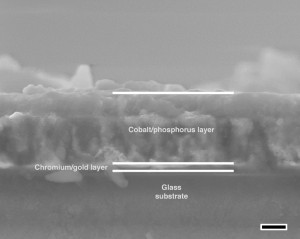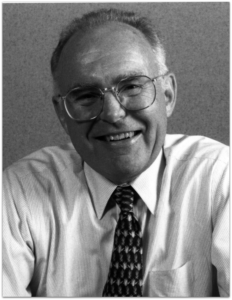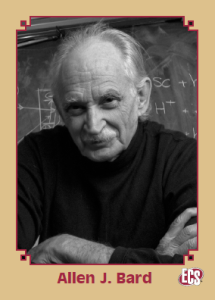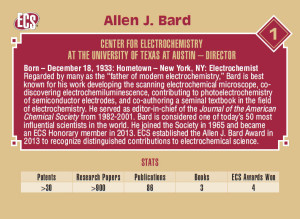In the world of ocean life, the cuttlefish is the king of camouflage. The cuttlefish’s ability to disguise itself, becoming virtually invisible to the naked eye, is an amazing quality that is very difficult to engineer. But with a little inspiration from marine animal, engineers from the University of Nebraska-Lincoln (UNL) have developed a design that mimics patters and textures in a flash.
Within seconds of light exposure, the new structure begins to replicate color and texture of the surrounding environment. While engineers have developed camouflaging materials before, this new design responds to much lower-intensity light and at faster rates than the few predecessors that exist.
“This is a relatively new community of research,” said Li Tan, associate professor of mechanical and materials engineering. “Most of the people (in it) are inspired by the cuttlefish, whose skin changes color and texture, as well.”








